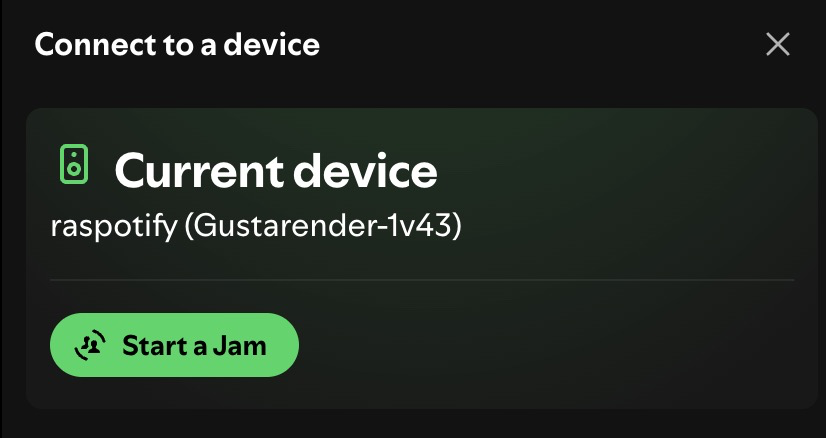Hello
@camrector - Many thanks for your reply. Really appreciate you taking the time to respond. I am a keen follower of your posts !

Up until a few weeks ago, I would have completely agreed with you regarding the quality of the internal streamer on the R26 and I have been using the R26's internal streamer quite happily.
Before going further, I know that everyone's system is different, room acoustics are different, mains supplies vary in quality etc. So what follows is in the context of
my system.
I already had the Pi2AES before I acquired the R26 but had relegated it to storage when the R26 arrived and I realised how good the R26 internal streamer was. Once the R26 arrived, I also made a number of network upgrades:
- Two fibre connections to my main network switch
- FMC units - one for the R26, the other for my NUC running Roon, HQPlayer & LMS
- High quality power supplies for both FMC units
A couple of weeks ago, I decided to "mess" about as I was getting a little restive for an "upgrade". I plugged the ethernet output from one FMC to the Pi2AES, gave the Pi2AES a high quality power supply and then connected the Pi2AES to the R26 using the AES/EBU connection. Imagine my surprise then, when there was a definite improvement to the sound quality compared to using the internal streamer on the R26 !!

Interestingly (and the driver for my original post), connecting the Pi2AES to the R26 using I2S does not sound as good as the AES/EBU connection. Which appears counter-intuitive since I had assumed I2S would be the better format.
Based on my experience, I have arrived at two conclusions:
- The internal streamer in the R26 is extremely good - but it can be bettered
- The DAC section of the R26 is simply outstanding and can make the most of a very high quality input stream
So, back to my original question please:
Question: If I were to use the I2S input om the R26, will the R26 still use it's internal clock or does the R26 then ignore it's internal clock and become a "slave" to the clock information provided by the I2S input stream?
Many thanks all






















